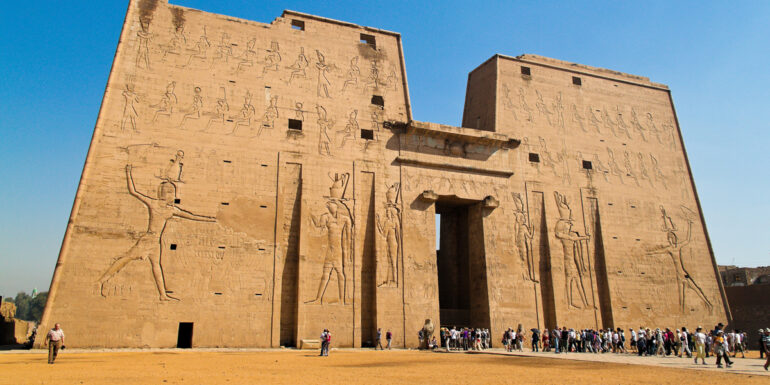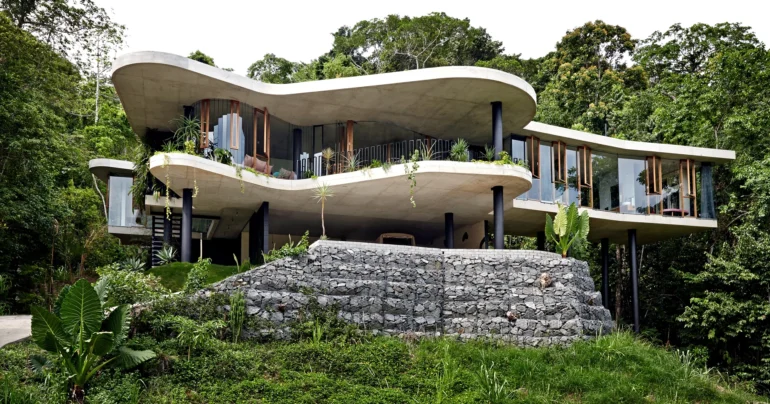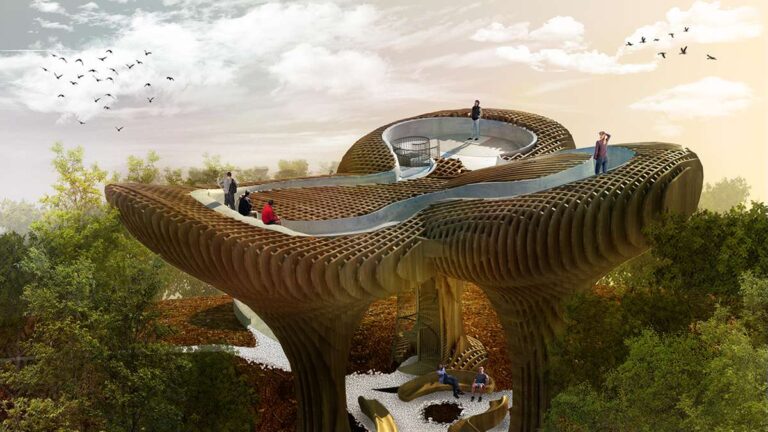Choosing the right architectural form is not a complicated work today because of the vast information all over the world. Though, it is complicated to make the right choice. The best choice is to move with nature as nature never creates anything disgusting. The ancient architecture was a great example of how well it looked with nature. Ancient countries also created gambling during the long boring nights. Today you can test your luck at the best in-play betting site and win your first jackpot.
The interaction of architectural form and nature is manifested in several aspects. The constructive-tectonic is a study of structural systems and principles of arrangement of living organisms and plants. Another one is a climatic study of the reaction of natural forms to climate and their use in architecture. And the last one is the aesthetic study of the aesthetic properties of natural and architectural forms and others.
Historical Notes

Even the ancient Egyptians and Greeks used natural forms in their buildings. A representative of the well-known philosophical school of the Stoics considered man a part of nature. And the comprehension of its laws and their use in artistic creation was a necessity.
In ancient Greece, sculpture, with its cult of the human body, was very closely associated with architecture. The great theorist of antiquity Vitruvius wrote: “If, therefore, nature has arranged the human body in such a way that its members correspond to its general outline with their proportions. Then it seems to me that the ancients established the rule quite thoroughly. Even during the erection of buildings, the proportions of the individual parts of the building corresponded exactly to the general appearance of the structure.”
Scientific awareness and deep study of the functions and structure of wildlife became possible only in the middle of the 20th century. Bionic principles are applied in the design of structures, buildings, architectural complexes, and cities. Many constructive-tectonic systems: beams, columns, slabs, frames, folds, and shells resemble roots, branches, trunks, and leaves of plants, skeletons, and shells of animals, and the structure of the human body.
So, the column looks like a tree trunk. Consoles are like their leaves. The shell is similar to the shell of an egg, the skull of a person, or an animal. The spine of animals resembles a beam. The leaf veins are ribbed frame trusses, and some leaves are slab-shaped.
The principle of the structure of a tree leaf was used by L. Nervi in several designs. Covering the main hall of the exhibition in Turin and covering the building of the Gatti factory in Rome. Other authors have also addressed the leaf structure.
Nature Is Within Us

Studying the response of plants to such climatic influences as temperature, solar reaction, and humidity helps to solve a number of problems. Such tasks are related to taking into account these factors for architectural objects. The form of plants is very sensitive to the presence or absence of heat and moisture. So, in a humid environment, plants tend to increase the possibility of the assimilation of air. And, consequently, they branch out strongly; in desert conditions, the surface of evaporation decreases in every possible way. Also, the volume of the plant becomes compact. Moisture reserves are preserved.
Based on the study of the principle of the structure of the skin of plants, a proposal arose to create heat-insulating materials and enclosing structures. The given examples of the bionic approach in architecture only partly illustrate its promise. In the future, man will many times turn to the study of models created by nature, and to their creative application.

